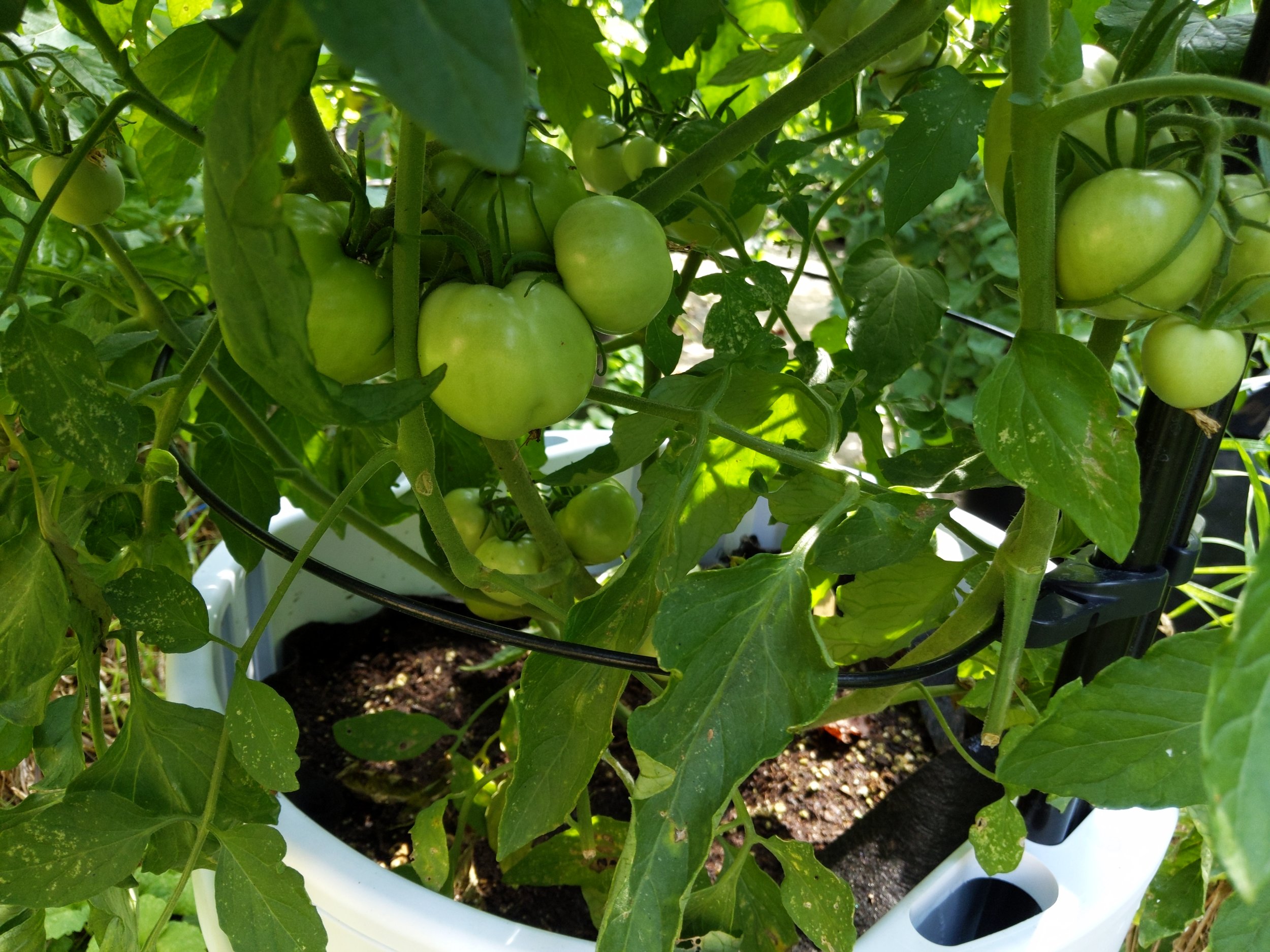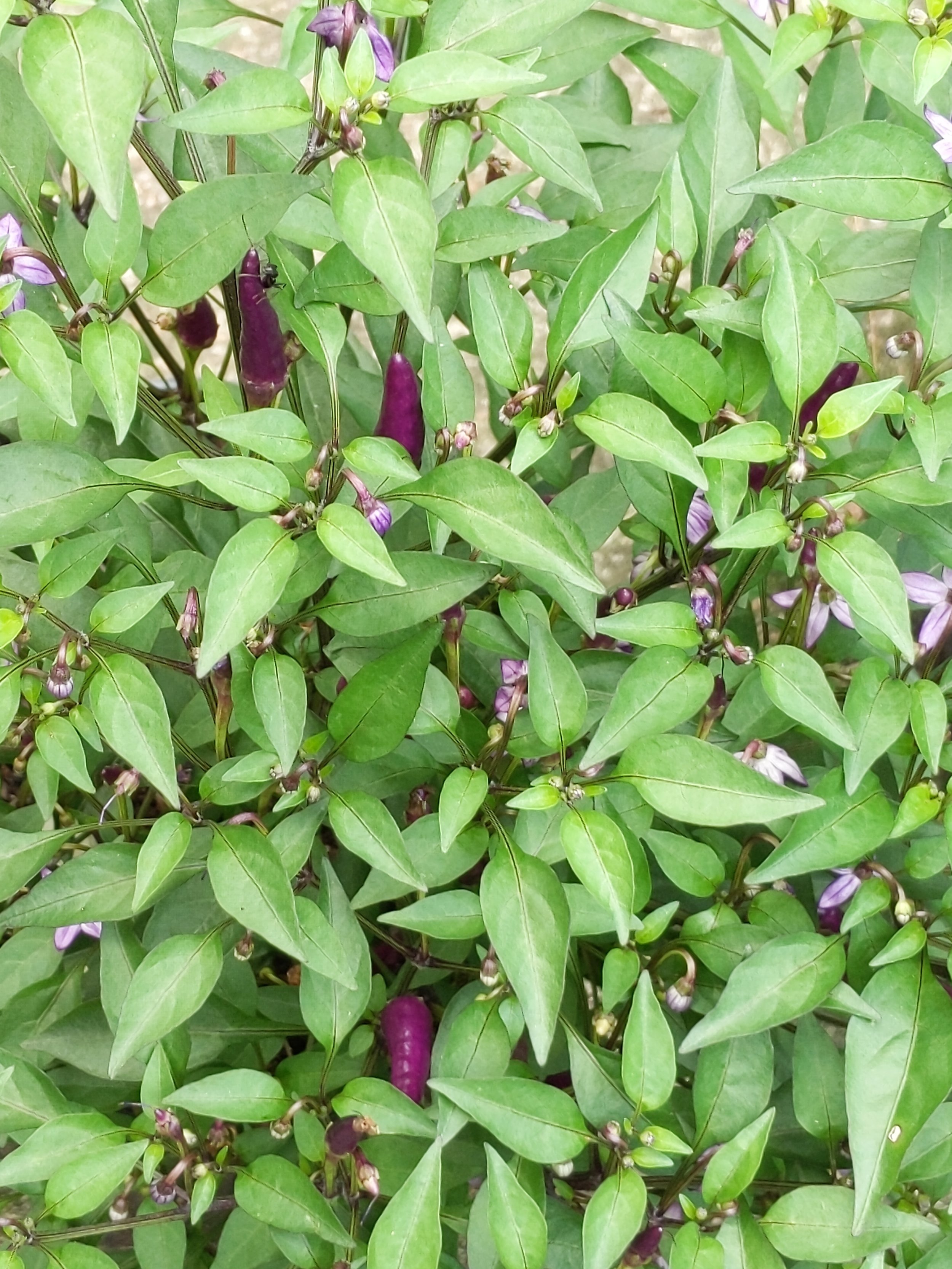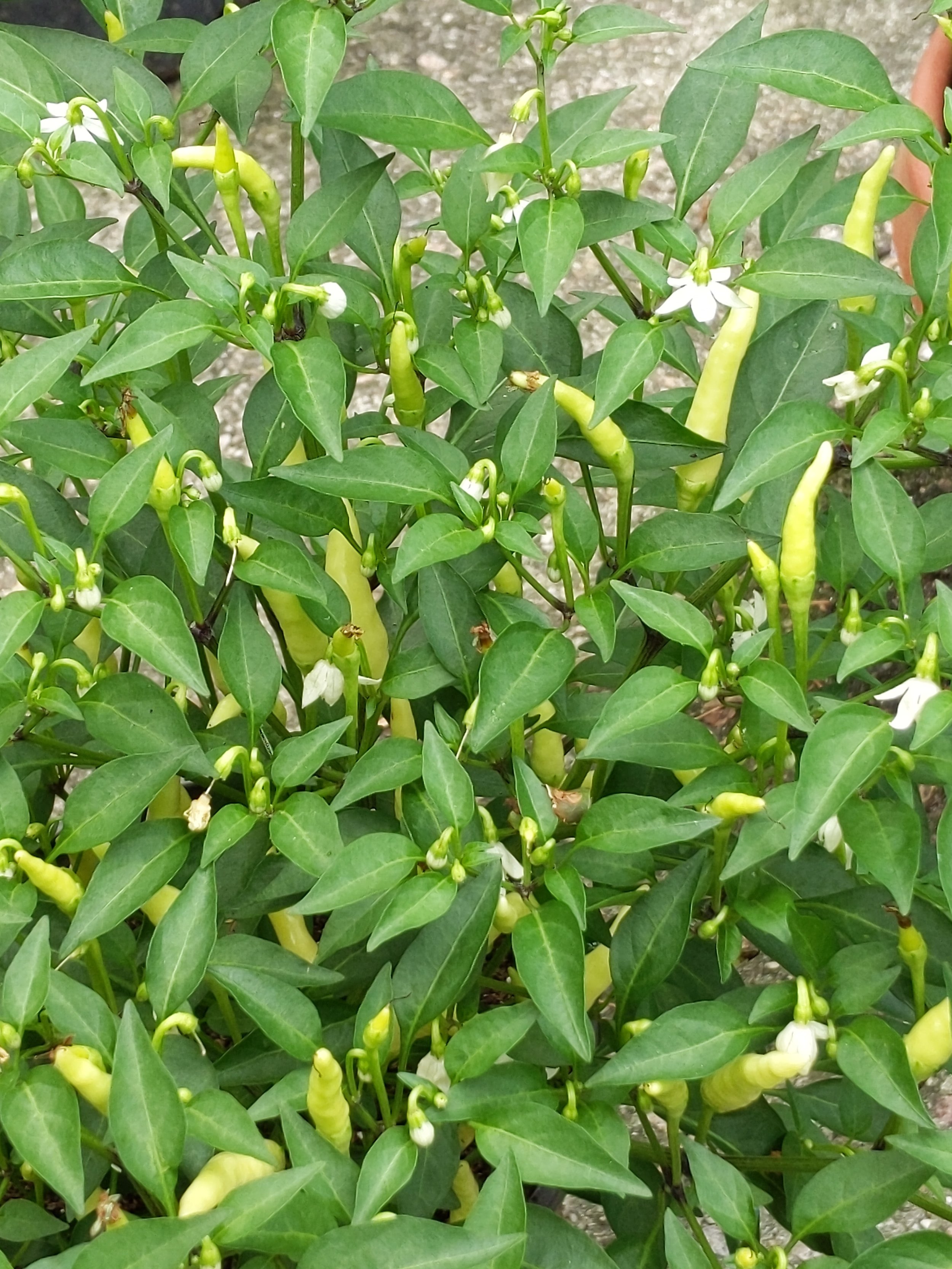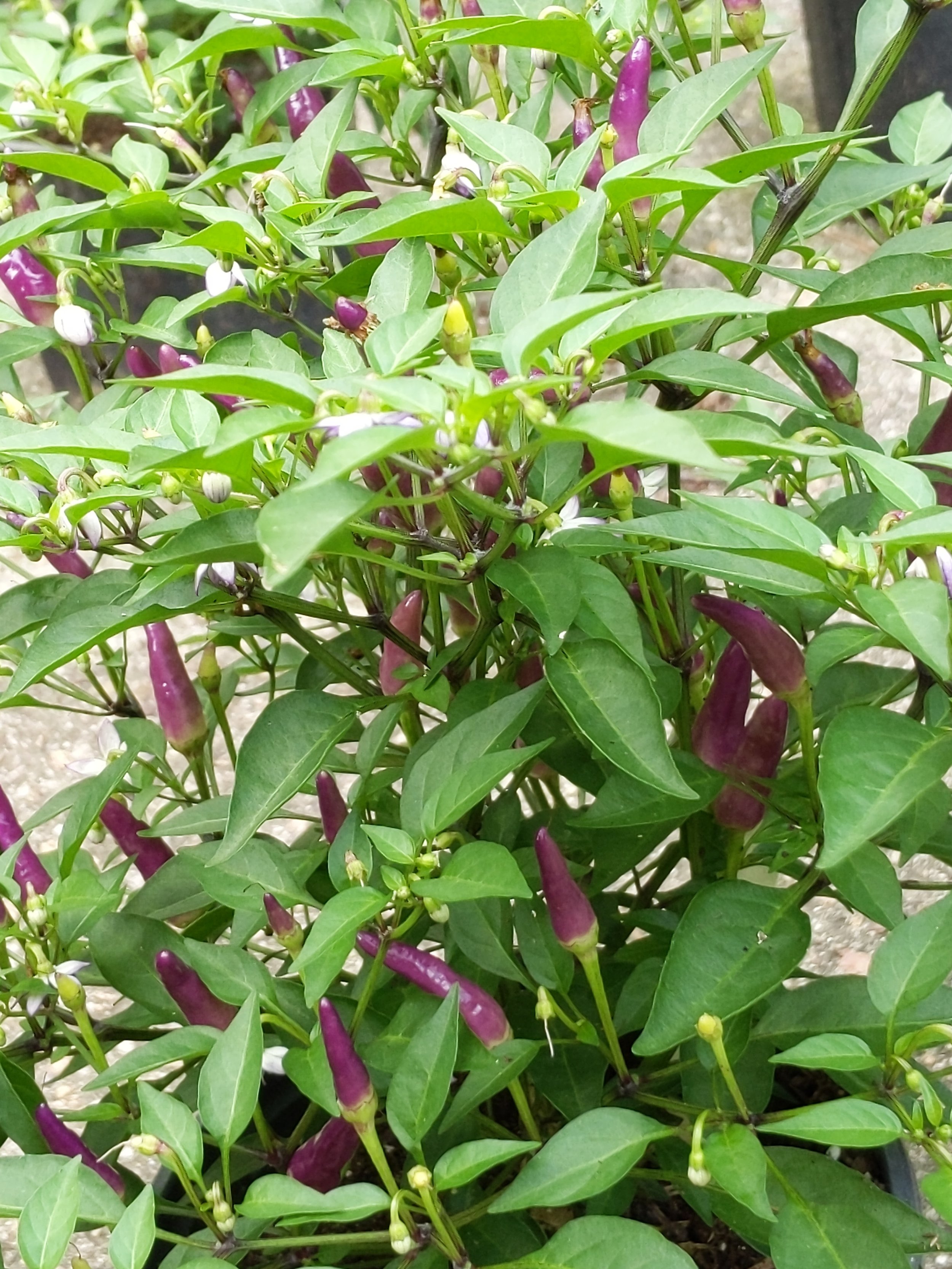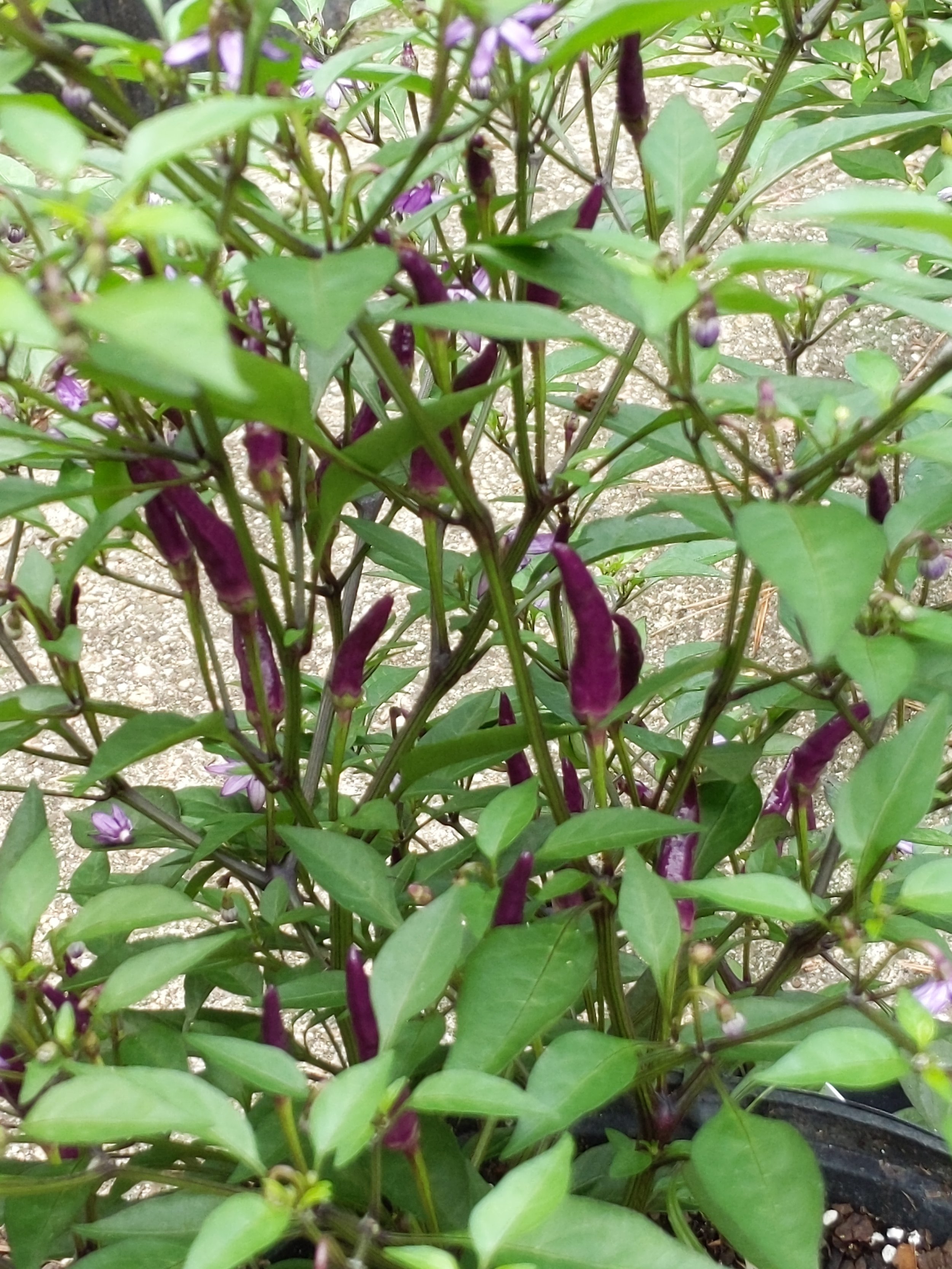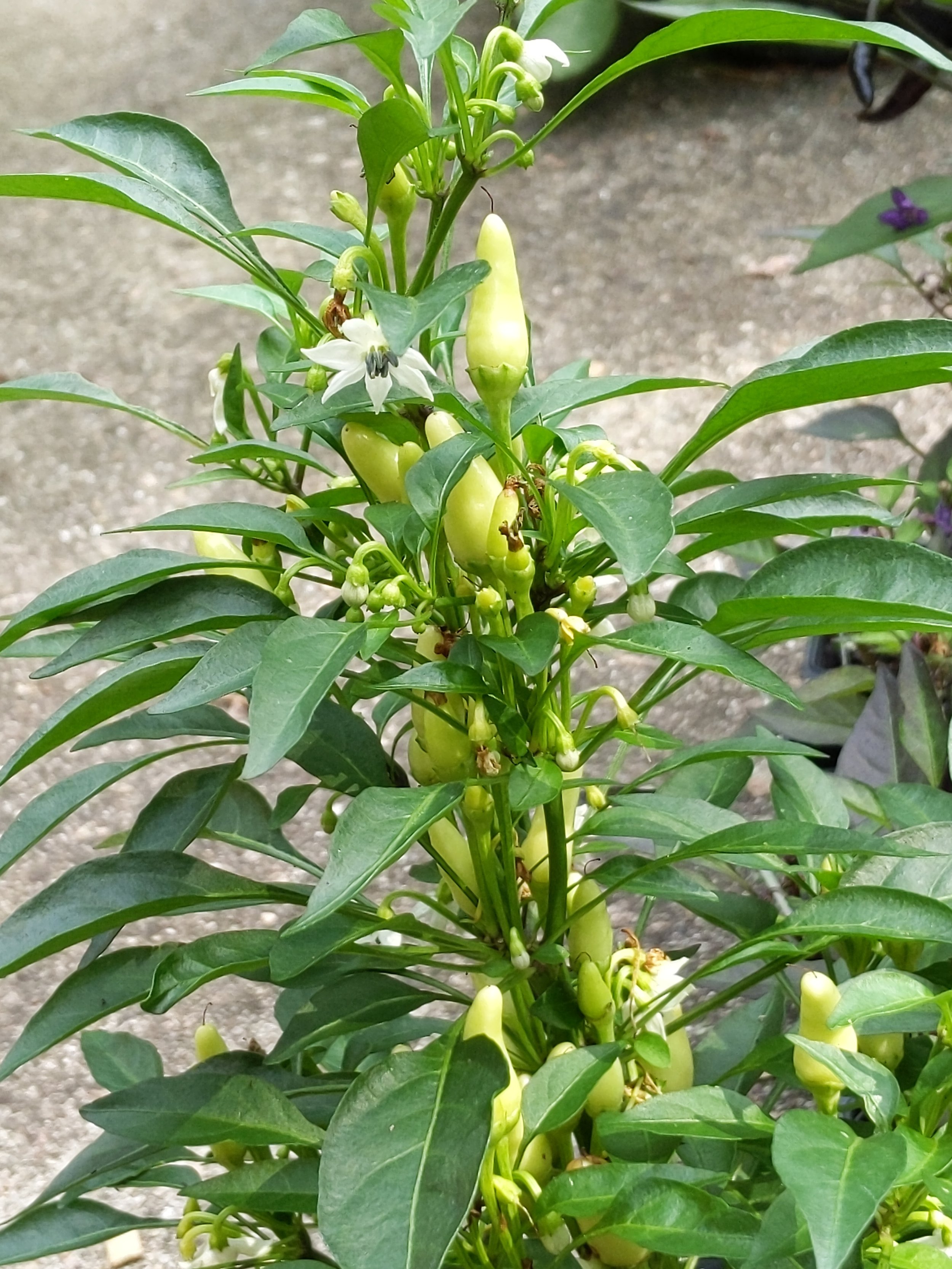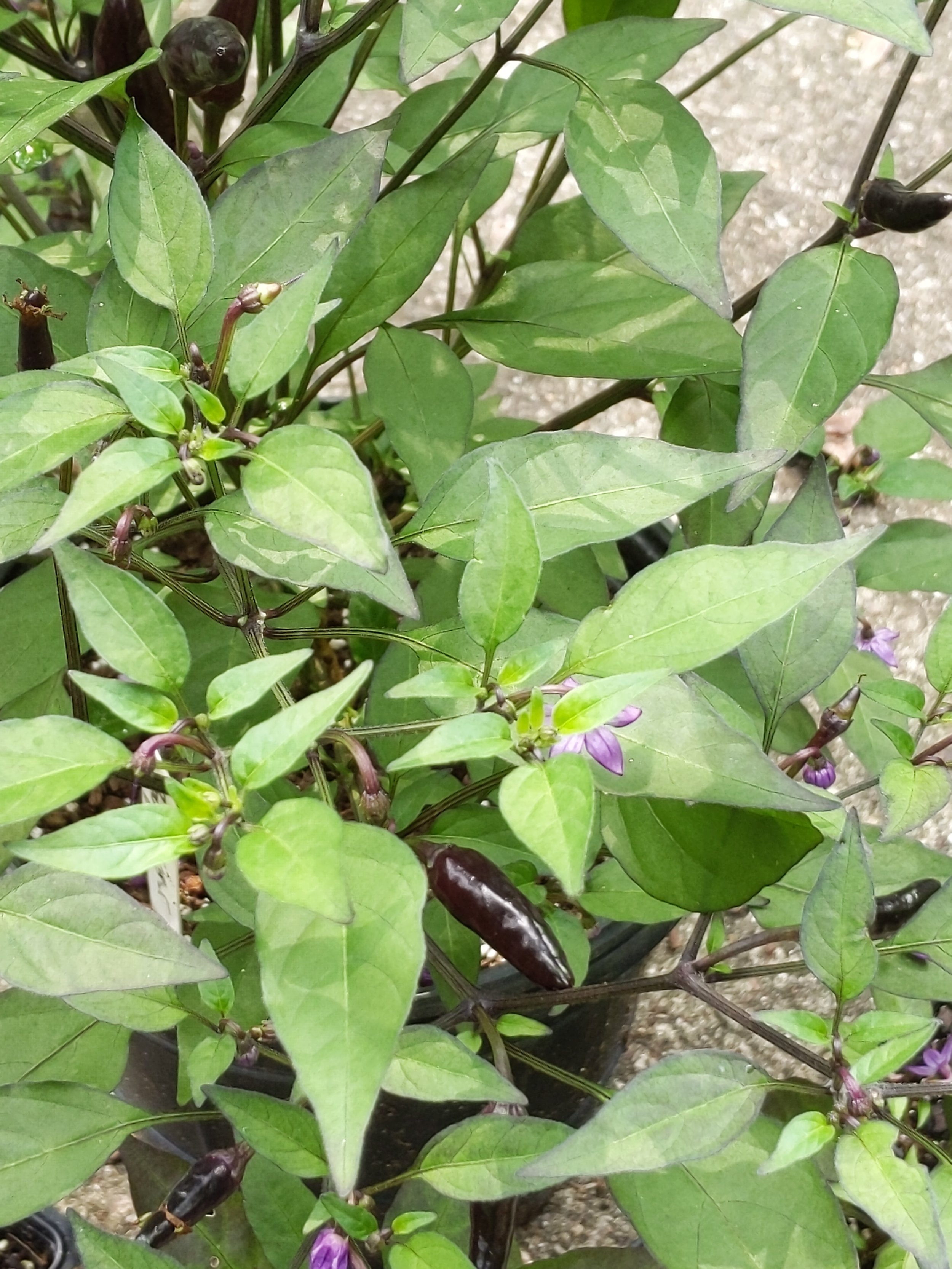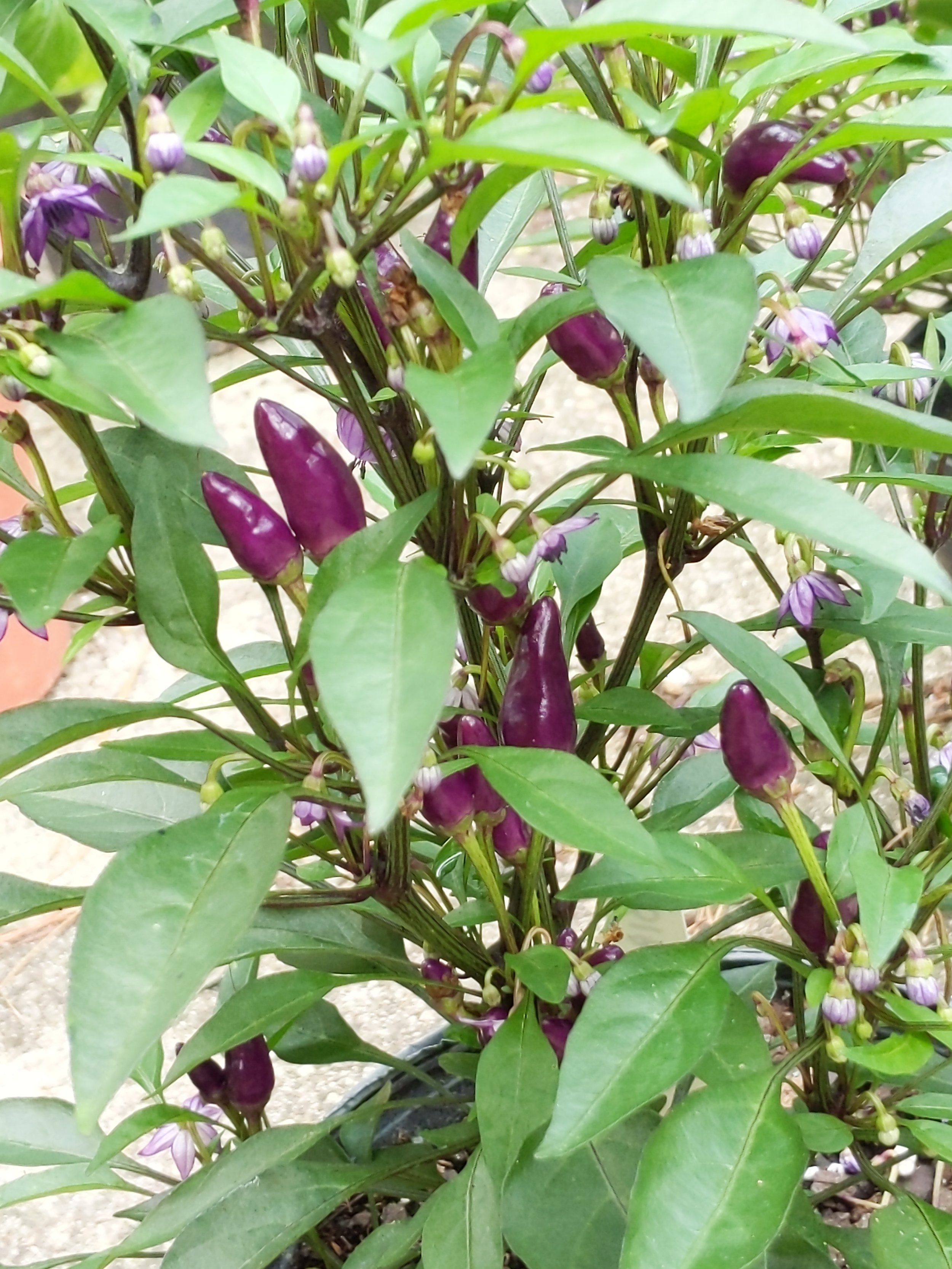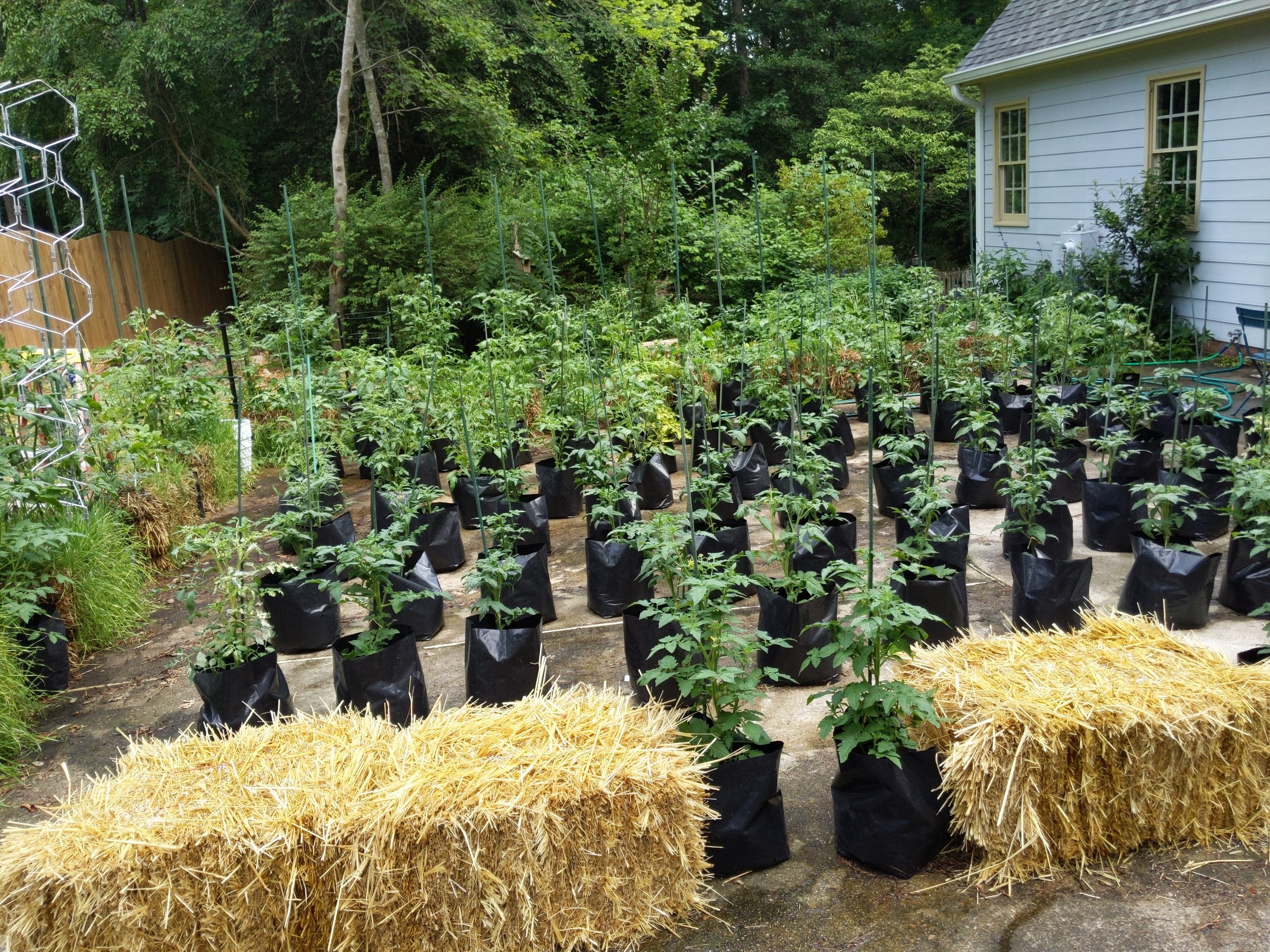First ripe non-cherry sized tomato of the year! A delicious, bright yellow tennis ball sized Taxi
In late May, I described the set up and use of a very nicely designed self-watering container - the Victory Self Watering Container Kit - from Gardener’s Supply Company; that review can be found here.
Only a month has gone by, and progress is just remarkable. The first Taxi tomato (a determinate variety perfect for this planter), shown above, was harvested and enjoyed in 39 days (!!!) from transplant (and, yes, it was delicious).
Pictures are worth a whole lot of words, and views of both Victory planters are shown below. Both are perfectly healthy, and the self watering nature of the planters has been very welcome in the consistently hot weather being experienced thus far in Raleigh, NC. The planter design removes the need to stake and tie the plants, making maintenance a snap.
Happy Taxi tomato in the Victory planter
A whole lot of Taxi tomatoes on the way
The second Victory planter contains a Dwarf Tomato Project variety, Dwarf Sweet Sue, which is a later maturing variety than Taxi. It too is thriving and fruit set is going very well - see below.
Dwarf Sweet Sue filling up the planter
Dwarf Sweet Sue tomatoes decorating the plant
All in all, I love this planter!




